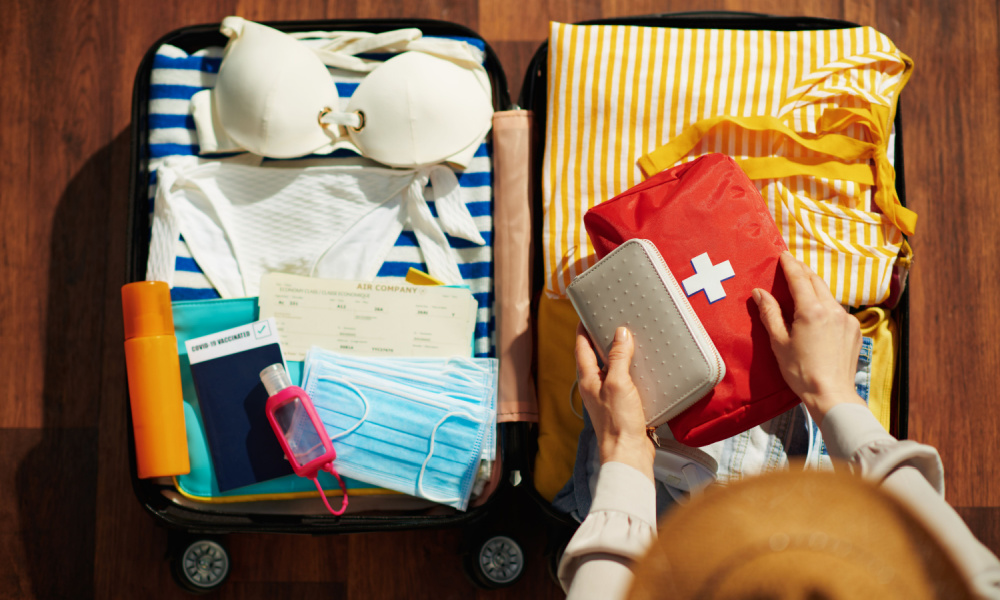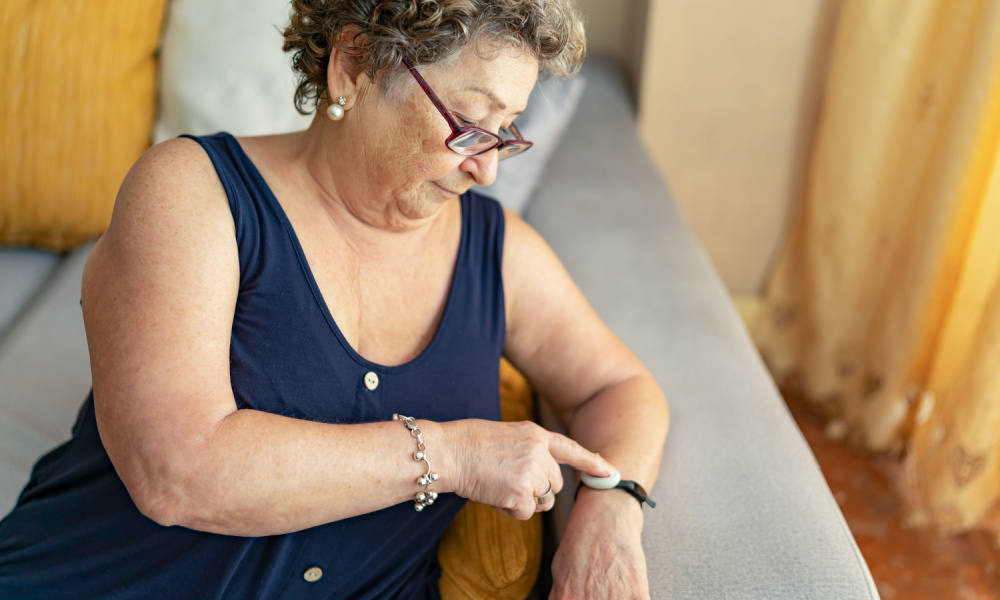No one wants to experience a medical emergency while in the air. But, truth is, emergencies can happen at any time. So, it’s important to be prepared. The good news is that there are steps that you can take to minimize your risk and maximize the quality of the treatment that you receive. If you’re worried about having an in-flight medical emergency, here are just a few tips for handling a medical emergency on a flight.
Ask About the Plane’s First Aid Kit

Planes are required by the FAA to carry first aid kits, but there can be differences in how these kits are stocked. For example, while it’s standard for first aid kits to carry basic supplies such as bandages, syringes, and tourniquets, you won’t find specialized items like blood pressure cuffs unless the kit is more advanced.
Airlines can also make the decision to purchase additional medical supplies that aren’t on the FAA’s checklist. If you already know that you’ll require antihistamine for an allergic reaction or glucose for a diabetic one, you can call the airline and ask if they’ll have it aboard. Keep in mind, however, that medical equipment on airplanes isn’t necessarily the latest and greatest. It might have been there for awhile. Your best bet is to bring anything you might think you’ll need with you, which leads us to our next point…
Carry Your Own Necessities

This is a proactive step that you can take on your own. Rather than depending on the airline to provide what you’ll need, simply bring it with you as part of your carry-on luggage. For example, you might pack your own EpiPen if you’re deathly allergic to peanuts, or you might bring a portable oxygen concentrator if you struggle with breathing issues. Many airlines offer exceptions for the usual carry-on rules if you have a proven medical need for them. Some won’t even require proof: they’ll just require 24 hours notice to accommodate something bulky or over the usual weight limit.
Wear a Medical Alert Bracelet

It’s always a good idea to wear a medical alert bracelet if you’re concerned about receiving the right treatment for a health emergency. Depending on the bracelet that you choose to wear, you can have it marked with information about your medical conditions, prescriptions, implanted devices, and more. You can even have it marked with the parameters of SAMPLE, a procedure that many flight attendants are trained in along with things like CPR. SAMPLE covers symptoms, allergies, medication, previous history, last meal, and events. Putting at least a few of these on your medical alert bracelet can save you valuable seconds while the flight crew tries to figure out what’s going on and how to best respond to it.
You may also like: The Best Travel Apps for a Seamless Trip
Alert the Flight Crew

In the event of an in-flight medical emergency, the best thing that you can do is let the crew know. Don’t sit quietly with worsening symptoms just because you don’t want to make a fuss. Before you board the plane, discreetly inform the desk agent that you may require assistance while in the air; they’ll pass that on to the flight attendants. While in the sky, if you feel yourself getting unwell, flag down the flight attendants and tell them. You don’t have to ask for any immediate action. Instead, just describe your symptoms and alert them to whatever medications or medical procedures that you might need if things get worse. If necessary, give them the chance to consult with medical professionals aboard or on the ground for both your sake and their own.
Do you have any tips or suggestions for staying safe and healthy while traveling? Let us know in the comments below!


Leave a Reply